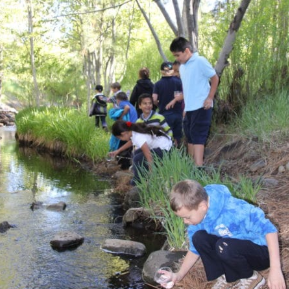PRACTICE BRIEF #2: STEAM-ifying School Gardens and Grounds
Transforming Gardens and Grounds into STEAM Labs

School grounds and gardens offer a real-world context for learning. Planting, tending and harvesting are the "low hanging fruit" of garden-based investigations. But Science, Technology, Engineering, Art and Math (STEAM) can be integrated into a variety of interdisciplinary learning experiences on school grounds. And
Here are a few ideas and examples of ways to transform the schoolyard into an outdoor lab.
Teaching Hacks

hacks
n.
1. Clever and elegant technical accomplishments, especially with a playful bent. Innovative and creative strategies that may use materials for purposes other than their original intent.
2. Temporary or improvised solutions that prove to be sound and effective.
1. Engage Students in Long-Term Project-Based Learning
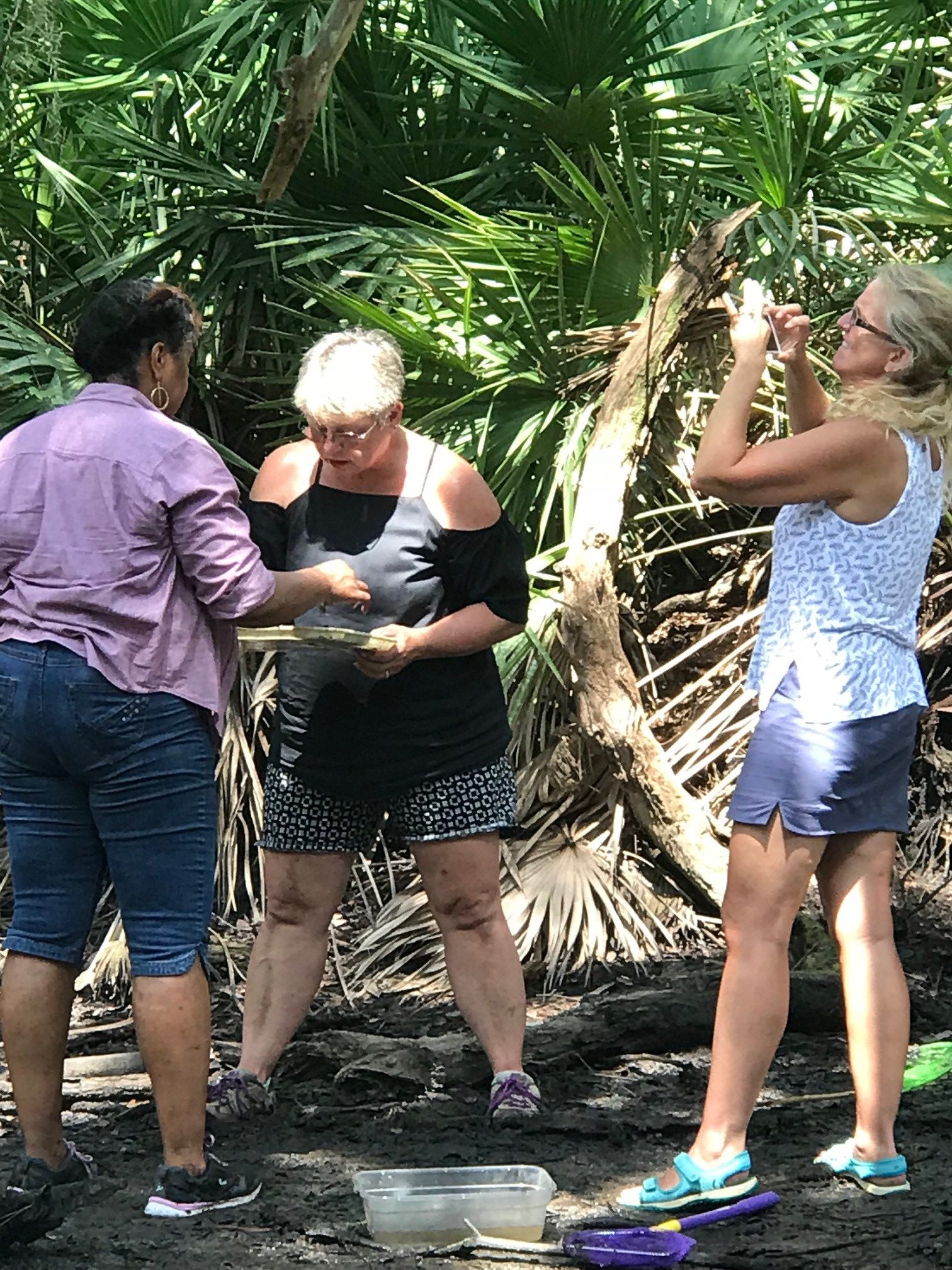
2. Collect Data
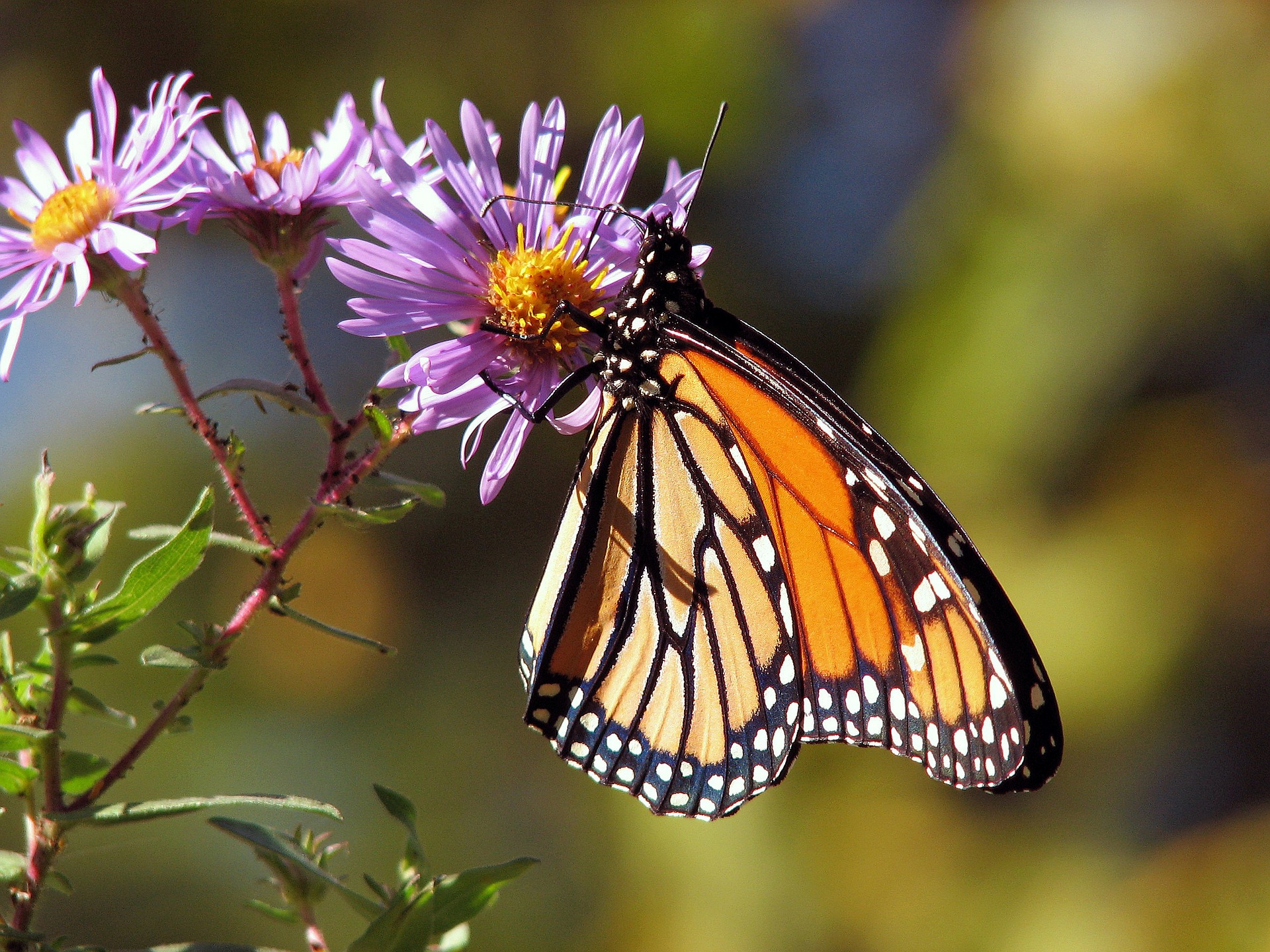
3. Create Engineering Challenges related to the Core Ideas being Investigated
Design Solutions and Build Models or Prototypes . . .
. . . a Mason Air Bee 'n Bee https://captainplanetfoundation.org/wp-content/uploads/3DS-EngineeringDesign.pdf
. . . a Pollinator Habitat import from Biodiversity Pathway
. . . a Ladybug Catcher import from Biodiversity Pathway
. . . Seed Balls for Guerilla Gardening https://captainplanetfoundation.org/make-seed-balls-for-pollinator-habitats/
. . . a Bird Nest Box https://nestwatch.org/learn/all-about-birdhouses/
a Vertical Planter
. . . a Worm Bin
. . . a Seedless Garden
. . . a Fluff and Seed Separator for Milkweed Pods
4.
Gardens are gateways to the great outdoors. For many teachers, the lure of gardening leads them to provide students with their first learning experiences without walls. Whether growing fruits and vegetables, herbs or flowers, gardens offer purpose and structure for expeditions outdoors.
Gardens also present a blank canvas that can be used to teach many subjects in a real world context. Whether students are using the Pythagorean Theorem to square the frames of garden beds; trying out authentic techniques to grow crops raised by Native Americans tribes; designing experiments to see which root systems hold soils; or investigating which types of wildlife share the schoolyard with students; the opportunities for exploration and discovery in a garden are endless.
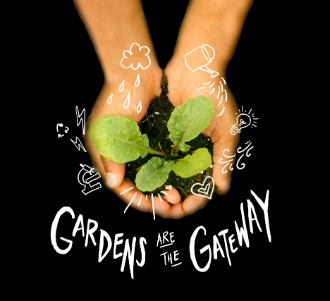
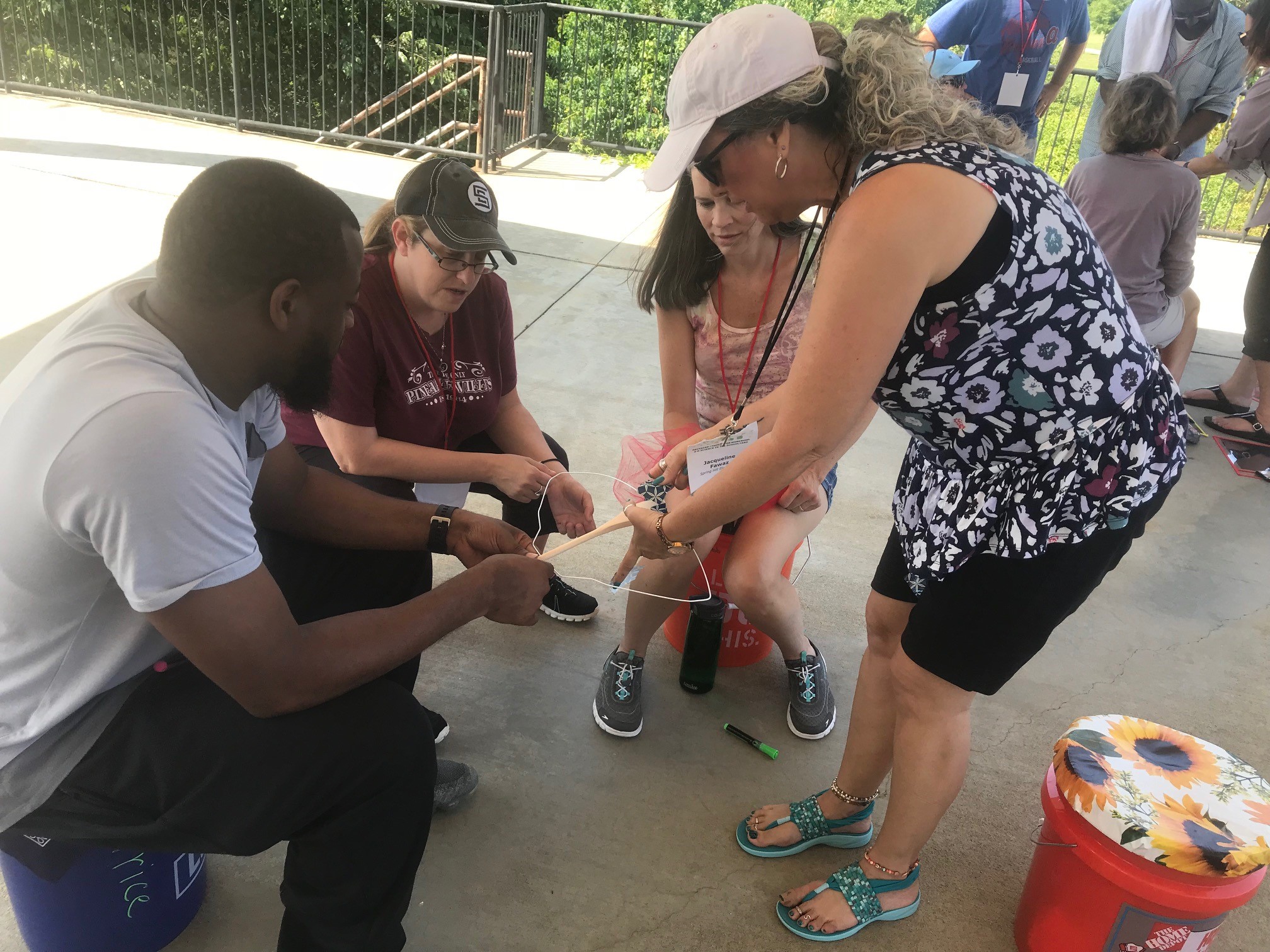
5. Incorporate Technology and Coding
Clipboards sub for desks and used 5-gallon buckets make great seats. "Bucket seating" has the further advantage of providing a great way to carry supplies for scientific investigations - from bug viewers and tape measures to digital scales and mini-microscopes. Check out the How-To guide below for directions on transforming a bucket lid into a comfy waterproof cushion.
Alternatively, old cable spools can be donated as tables for outdoor labs. Outdoor learning areas need not be expensive or complicated. In fact, amphitheaters or fixed seating with a podium in front are far less engaging places for schoolyard investigations than more flexible, informal arrangements.
Research-informed Practice
The practice of taking classes outdoors is backed by research that shows students learn more effectively when they have a real-world context for understanding concepts and ideas. In addition, research indicates that learning outdoors can improve behavior, physical well-being, connection with nature, and sense of self-efficacy.
Other 'Down to EARTH' Briefs
You may also like . . .
GREAT Project Pathways
For more extended outdoor learning experiences, check out GREAT Project Pathways. This model makes project-based learning do-able by providing storylines that engage students in data collection and real world investigations, as they make sense of scientific phenomena in nature. With multiple options for "voice and choice" at each step along the way, students work in small teams to direct their own learning. Ultimately, each team proposes a solution to a problem in the schoolyard and the class selects a project to implement together. Topics range from Water Quality and Biodiversity to Renewable Energy and Introduced Species, with new projects pathways planned for the future.

